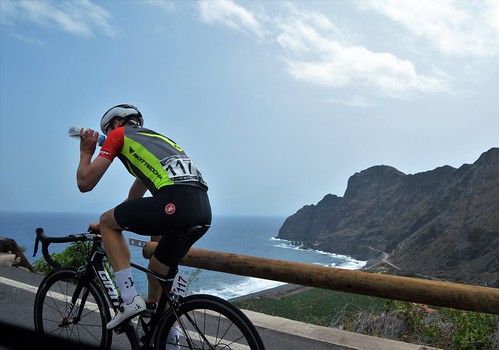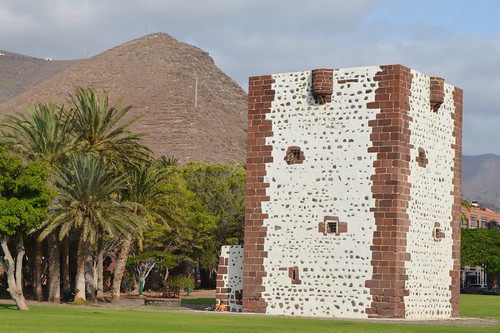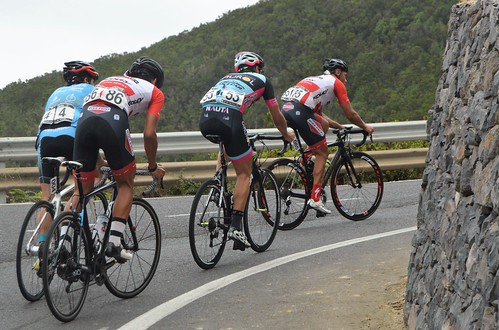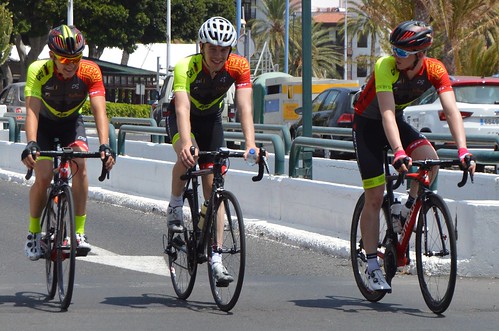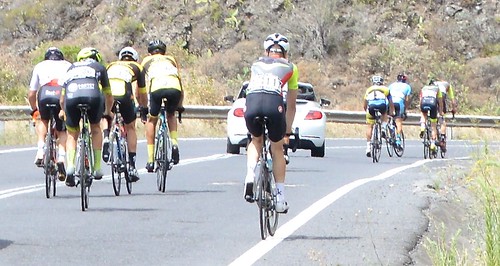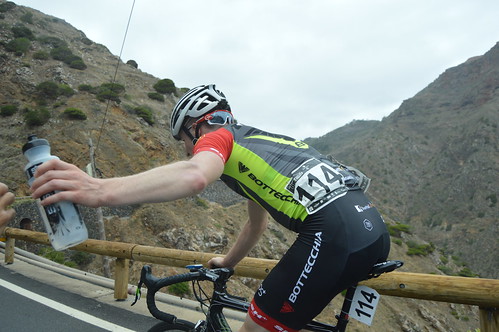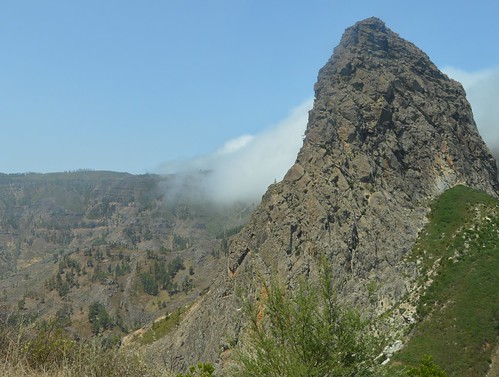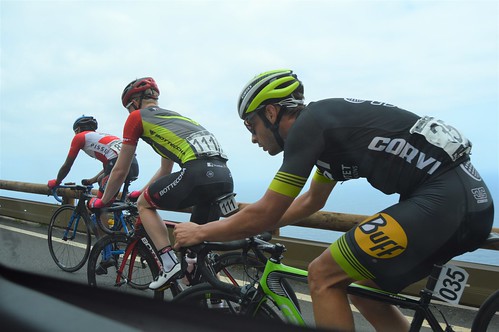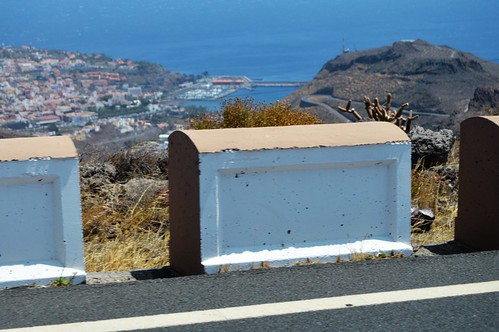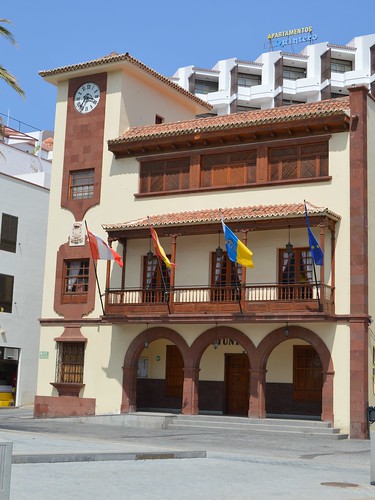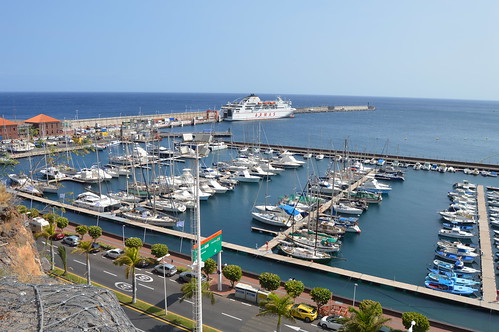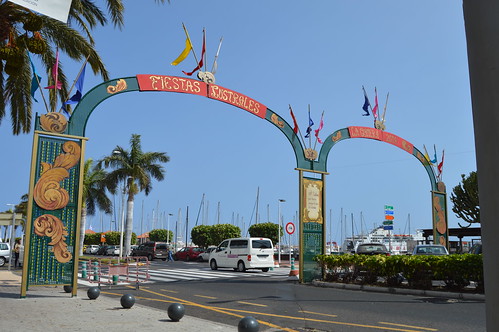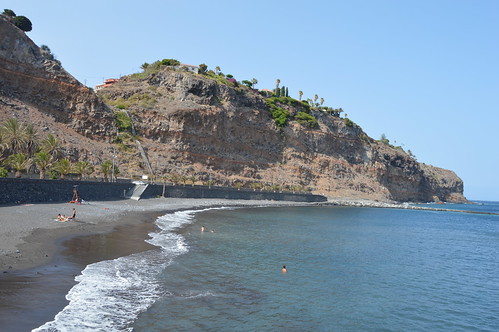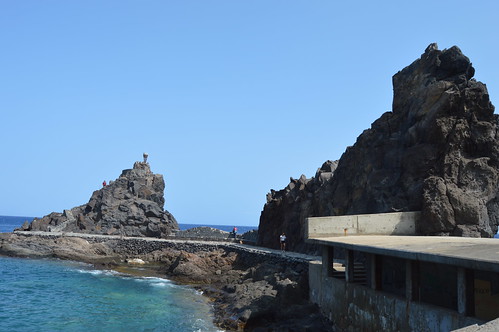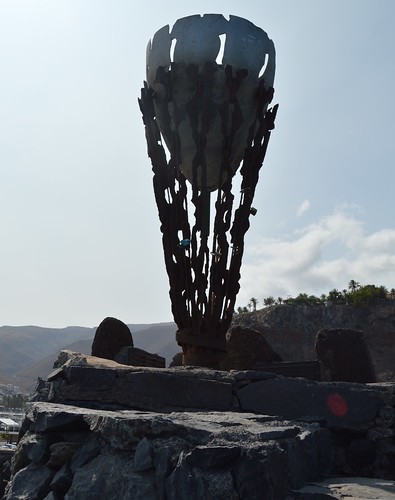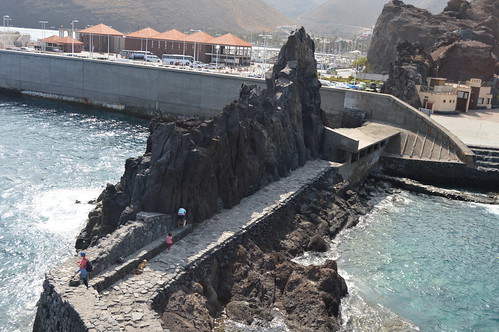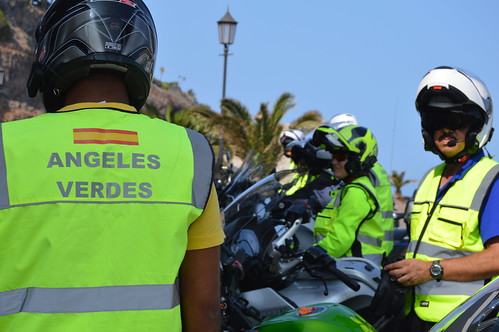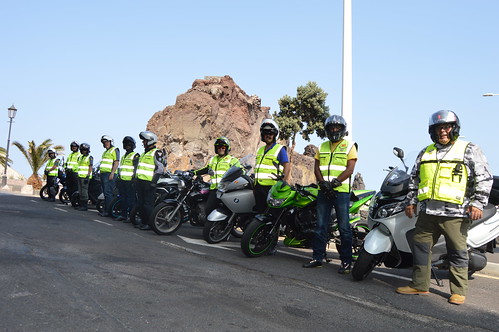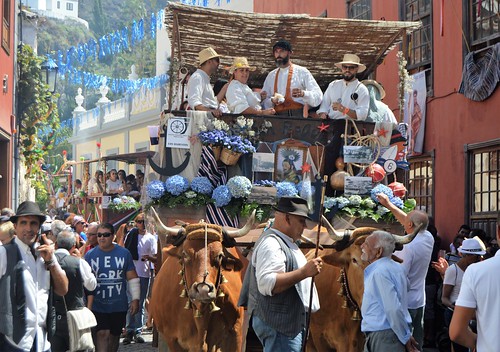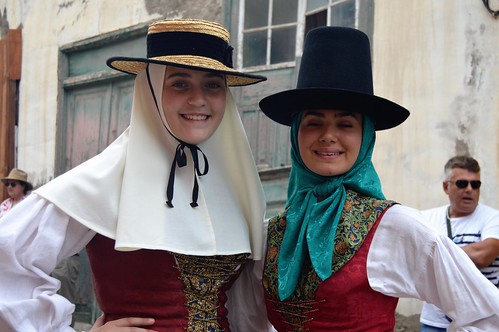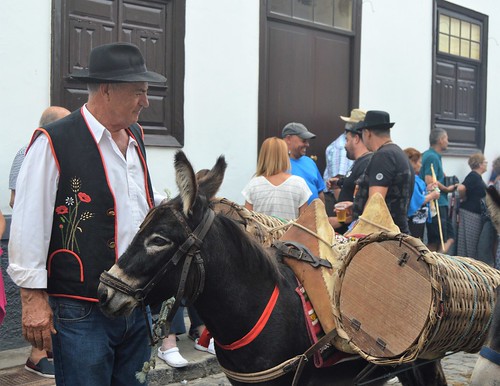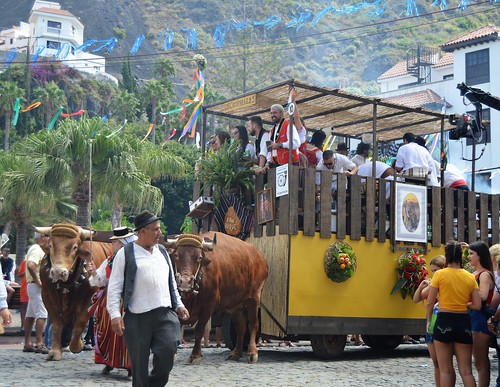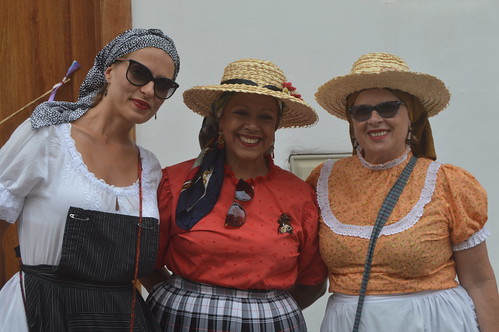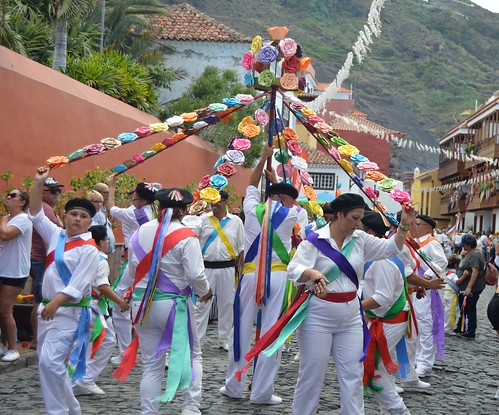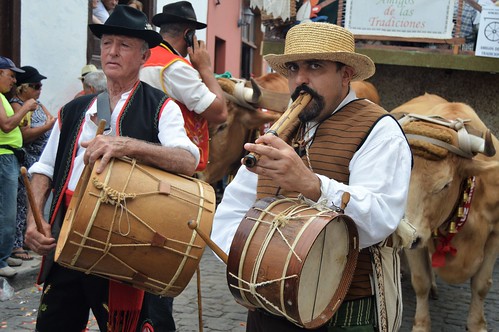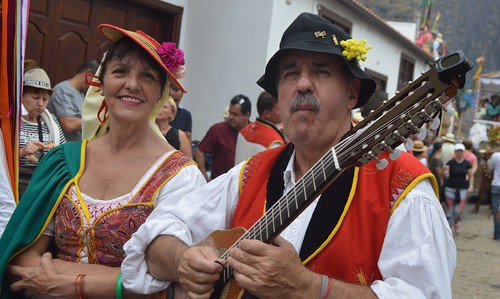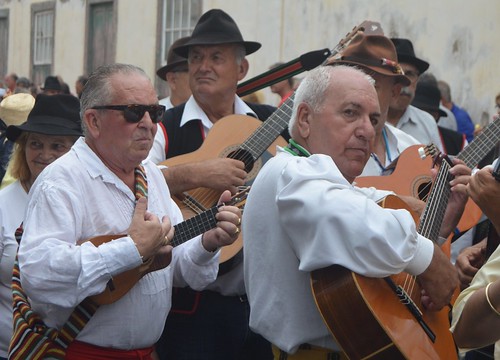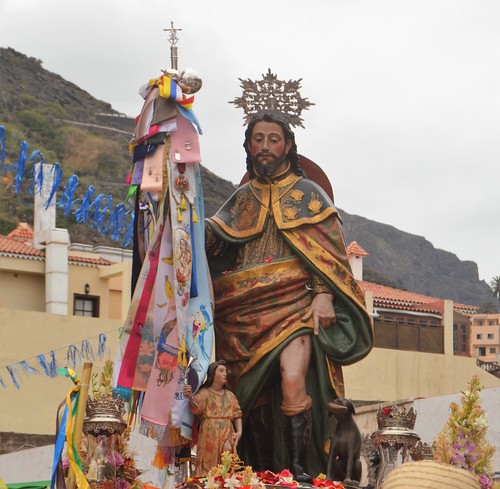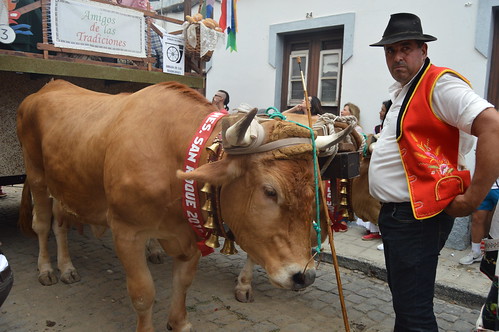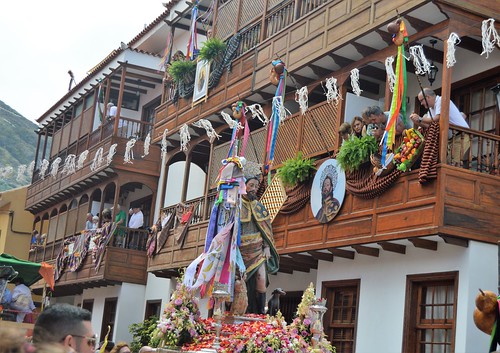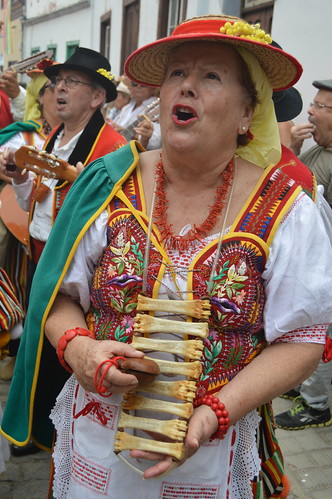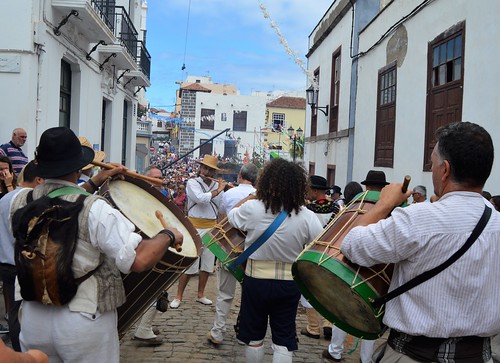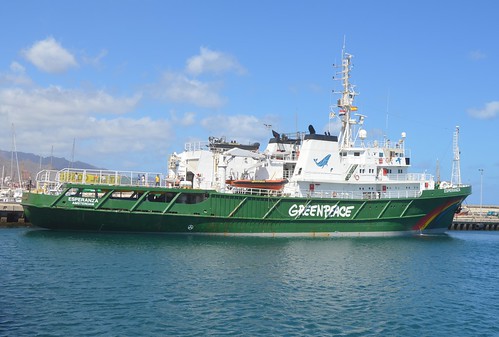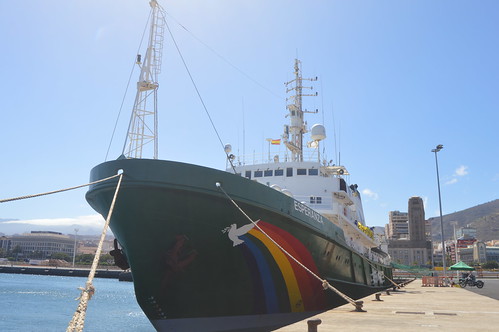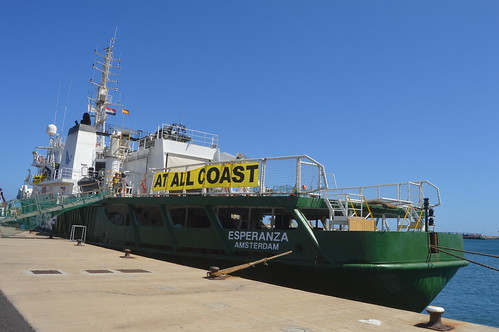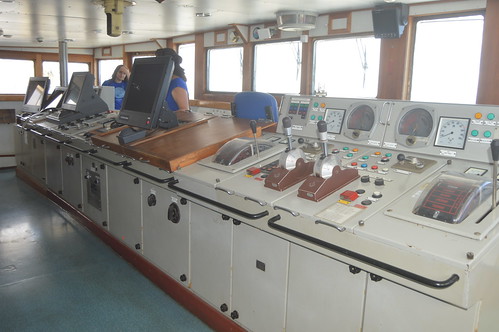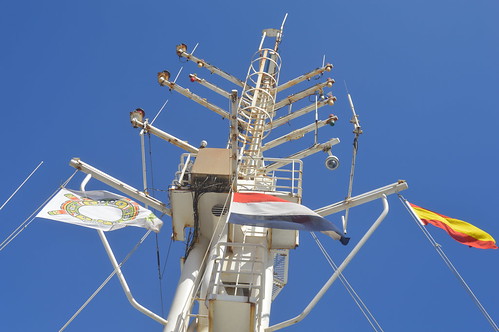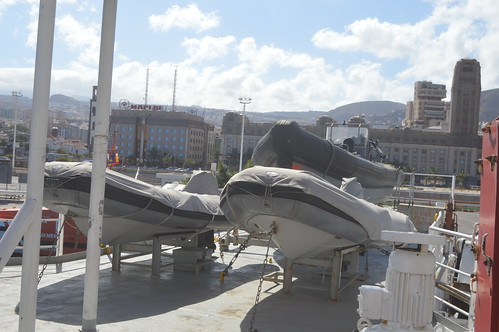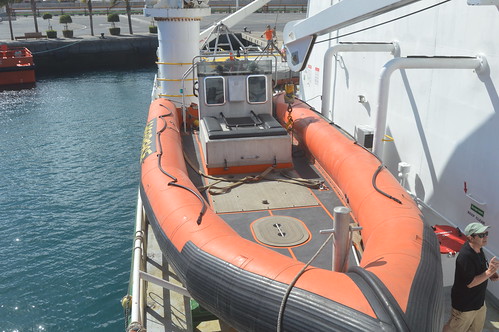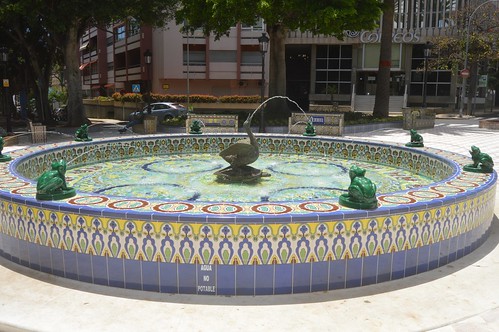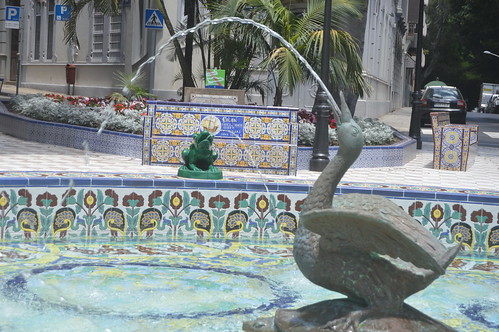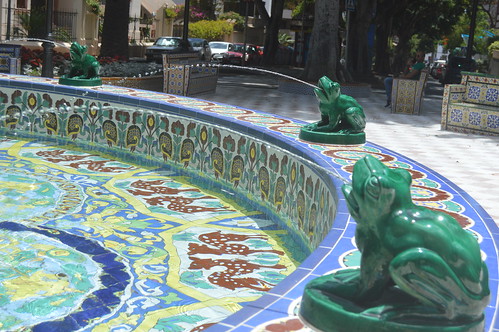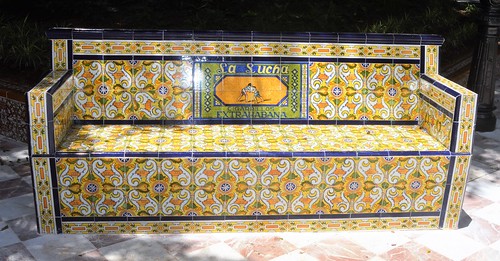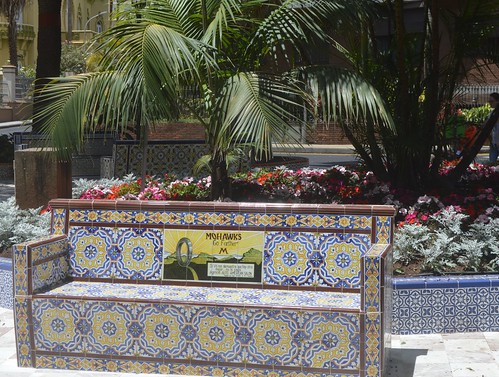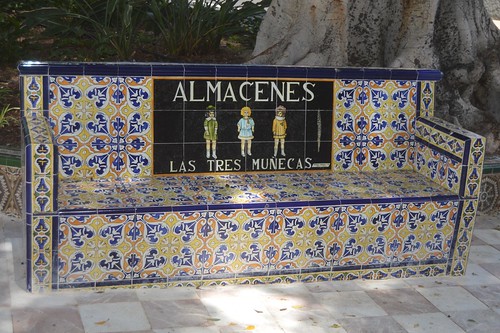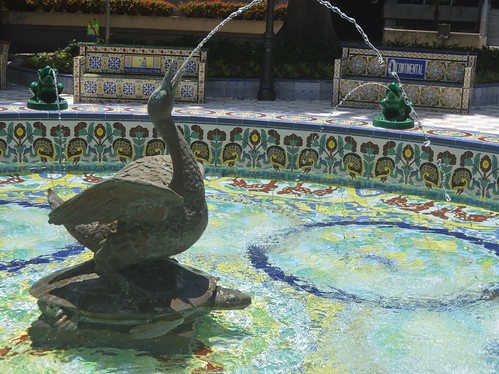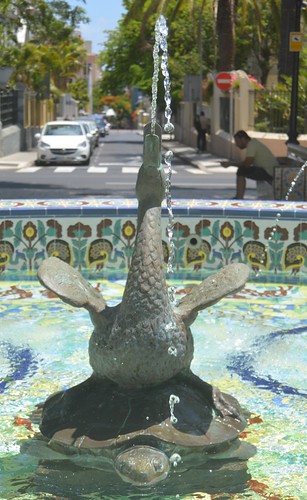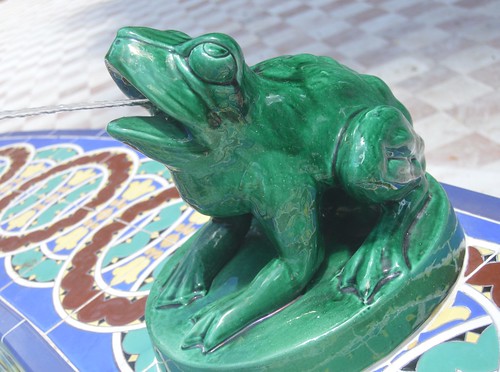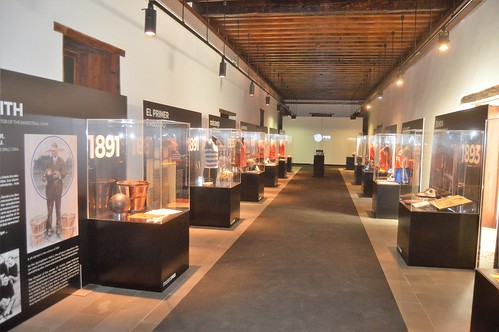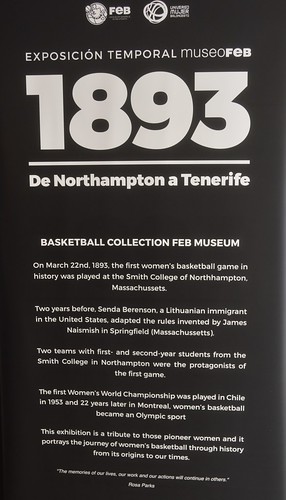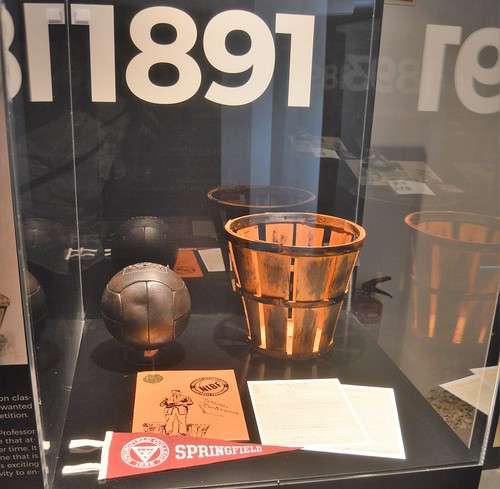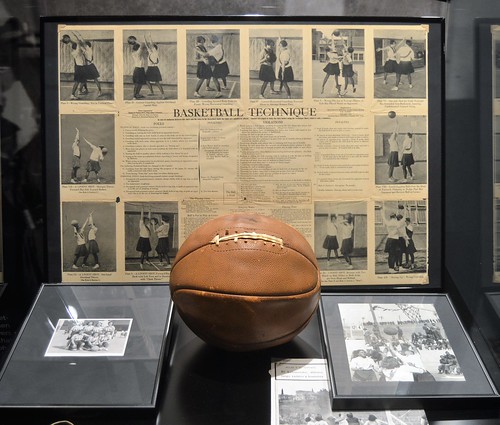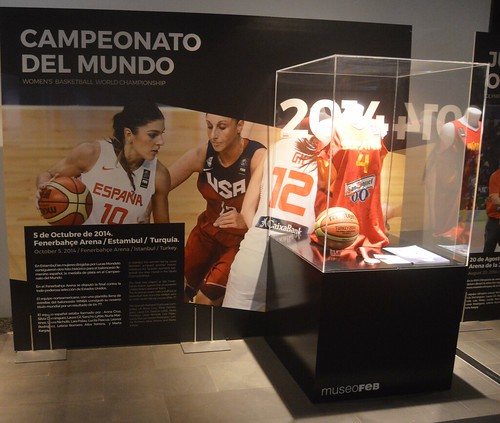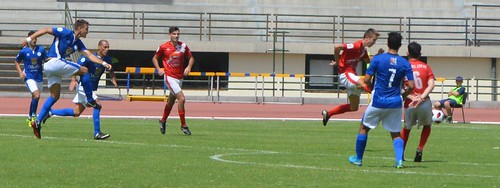
Four goals separated hosts CD Marino and visitors Las Zocas but both clubs and many other Tenerife football fans were united as they said a sad farewell to Pedro Perez, who graced both teams. Both sides needed a win to lift them out of their Tercera Division basement but it was Marino who hit form in the second half with some clinical finishing.
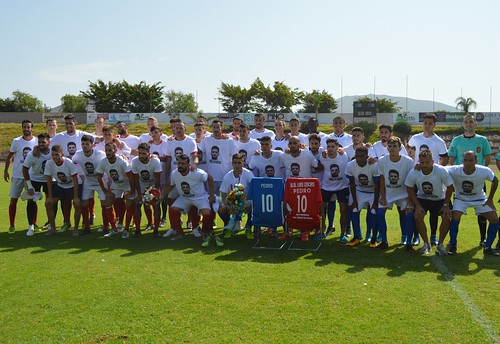
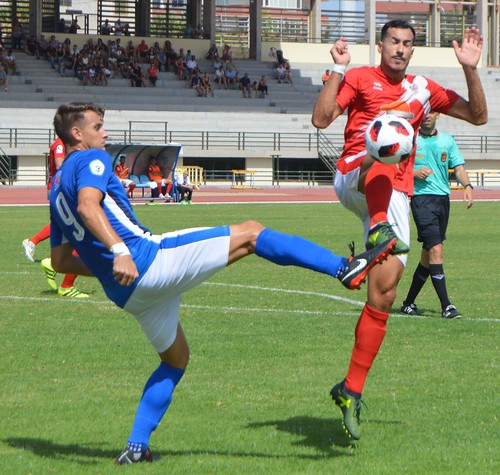
The first chance was created by Pablo of Las Zocas, it took a neat back header from Guti to keeper David to ensure Marino weren’t caught cold. Aday was strong and determined for Las Zocas, David had to be alert to halt his charge but he wasn’t put off and tried a cheeky long shot that just missed the post. Marino weathered that storm and put some pressure on the visitors, forcing three corners in quick succession, young B team prospect Samuel figured strongly in each attack. Gaizka was denied after the half hour water break when Tato made a late intervention.
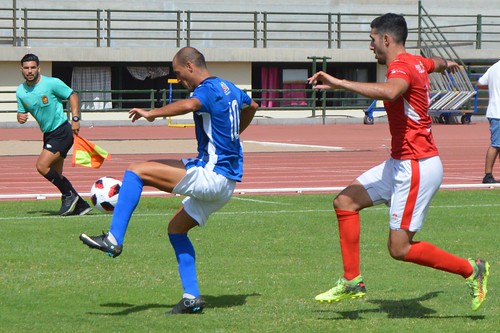
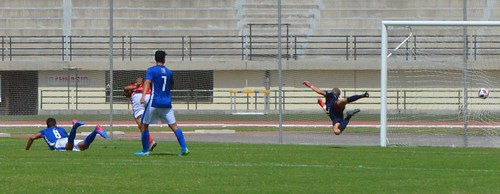

It was shaping up for an even contest, Aday unleashed a shot bound for inside the top corner of the net but David denied him with an athletic full length save. Samuel closed the half with a teasing high cross that Philip plucked out of the air. Marino continued to be on top as the second half started, Connor put in a good ball for Samuel who was only able to head over the target. Something had to give, Samuel squeezed the ball in from the left, Juanmi judged his dive perfectly and scored with a glancing header past the keeper. Two minutes later the lead was doubled, Connor rounded Cherre and Gaizka tapped the ball into the goal, despite the goalie trying to claw it back.
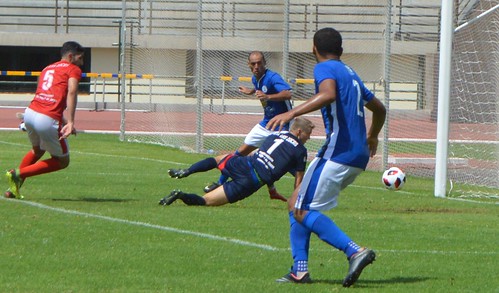
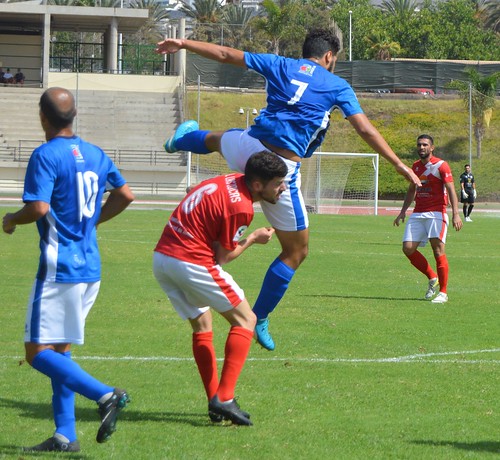
It was a tough double blow and took its toll on Las Zocas, especially with Marino bringing on the fresh legs of Prince and Javi Gonzalez, who were joined a few minutes later by Yassine. Using the wings well, Marino were able to build attacks down both sides of the pitch with plenty of support from midfield. It was striker Yassine who added the third goal with a nicely struck shot from the edge of the keepers box.
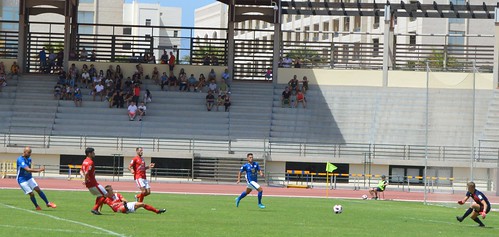

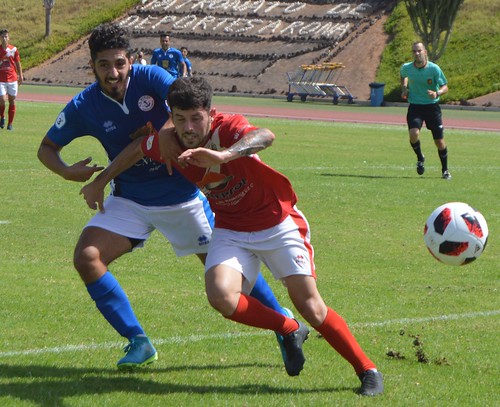
The afternoon showed Marino with an appetite in front of goal, a minute later they made it 4-0 as Javi showed that he could match his team mates. Las Zocas tried to rally late on, Carlos Salas couldn´t catch David out with a long range attempt, but the visitors stopper, Philip denied a fifth goal with a good save when Yassine latched onto a Fayez pass.

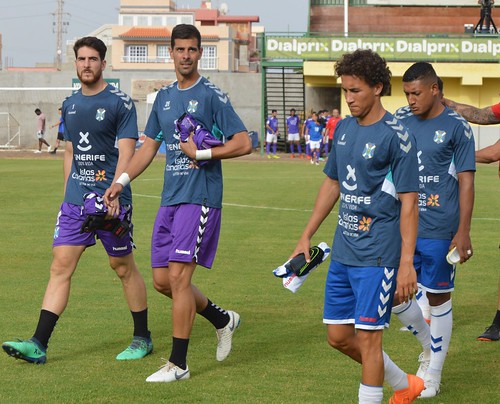

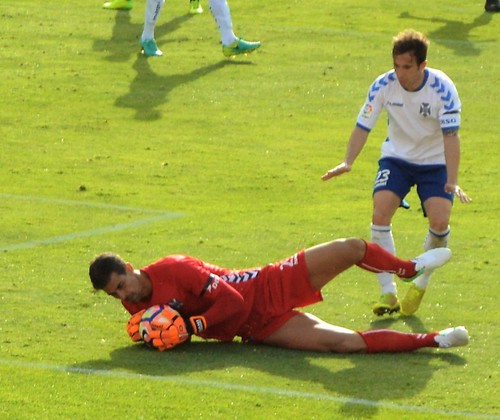

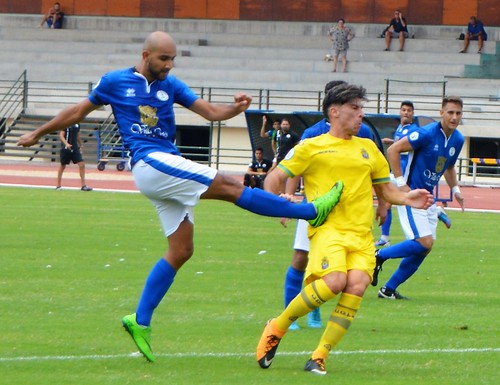
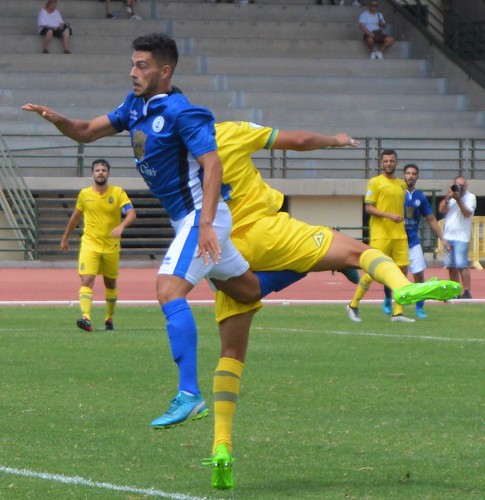
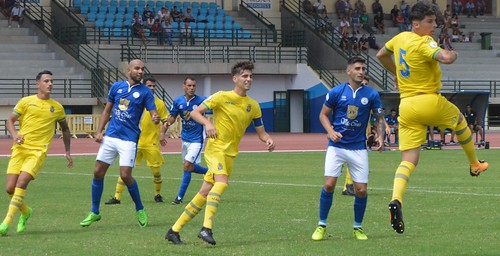


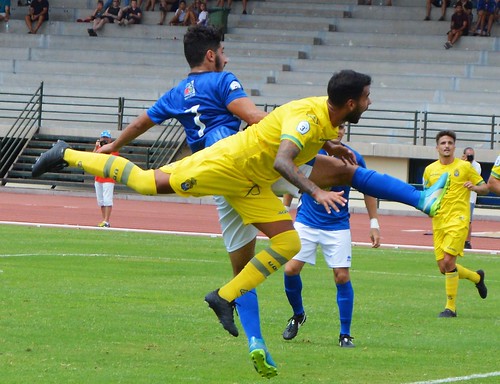
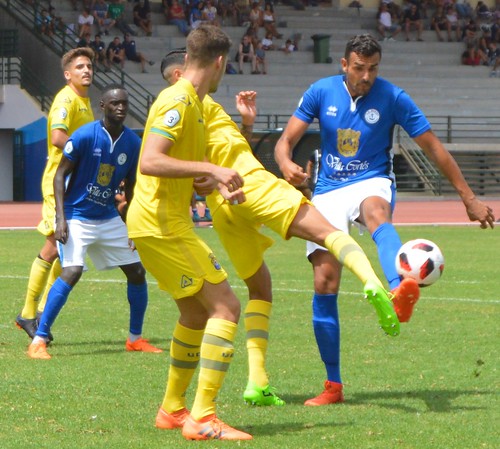
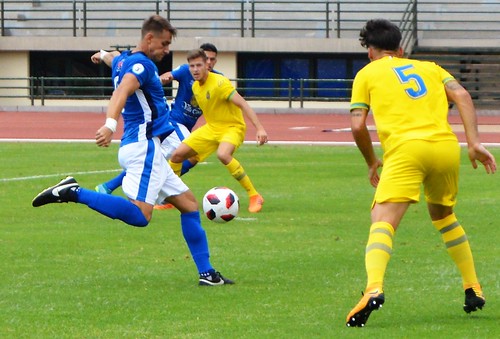

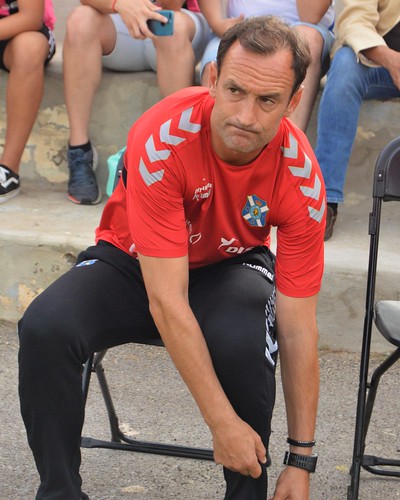

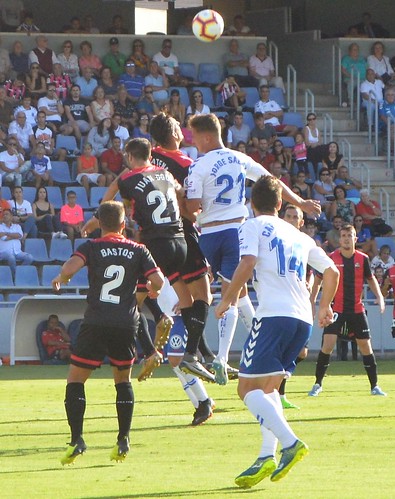


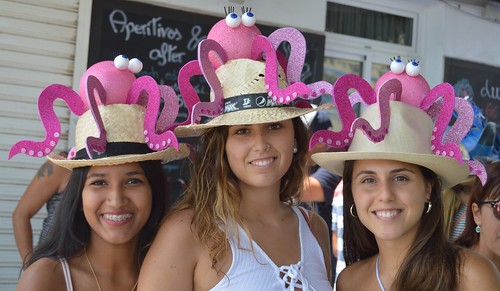 For all the modern development and tourism growth, Los Cristianos still has a strong beating heart built on the old fishing traditions that made the port an important hub of commerce years before a flip flop or bucket and spade plonked down on the beach.
For all the modern development and tourism growth, Los Cristianos still has a strong beating heart built on the old fishing traditions that made the port an important hub of commerce years before a flip flop or bucket and spade plonked down on the beach.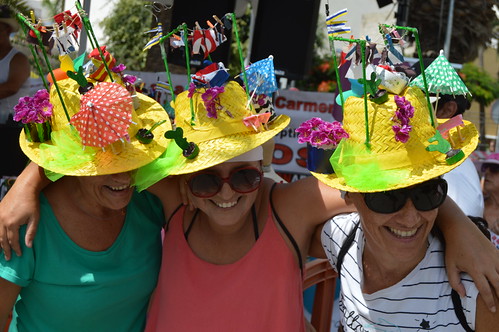
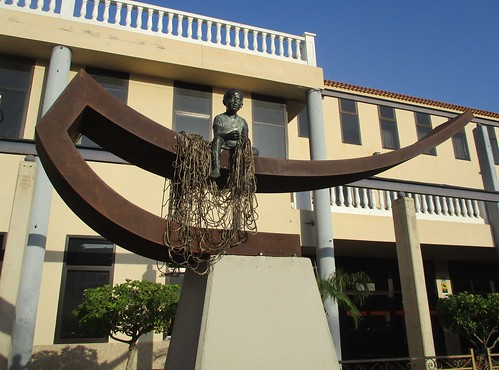
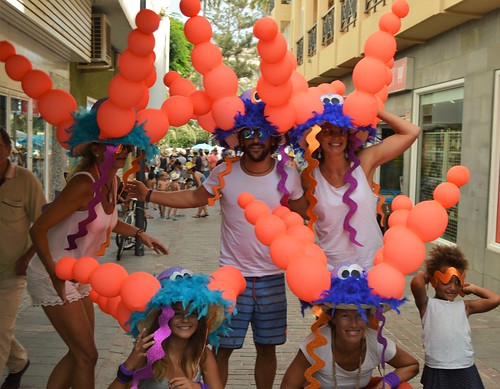
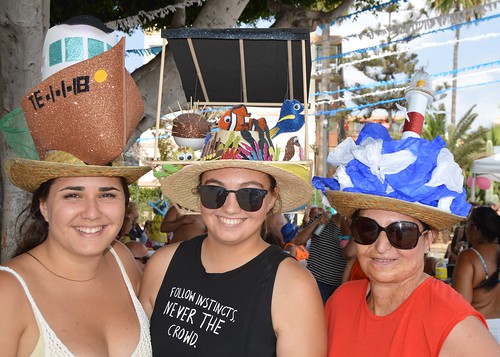
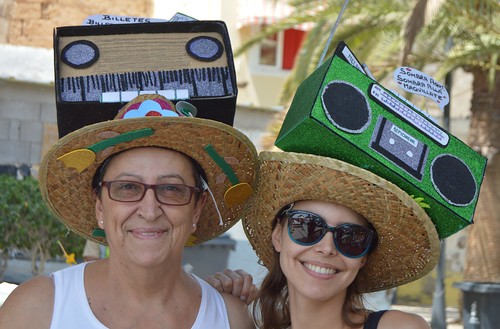
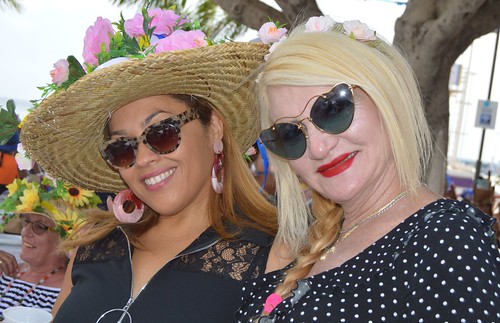
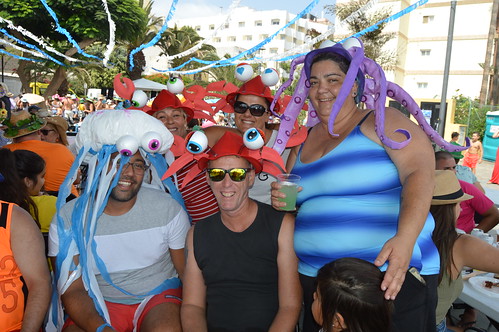
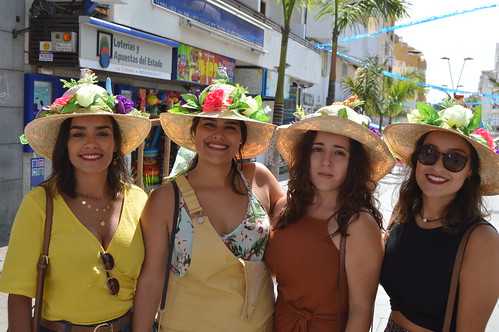
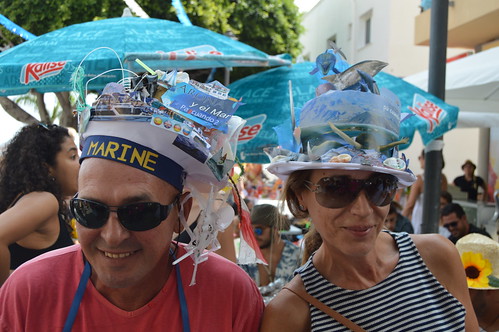
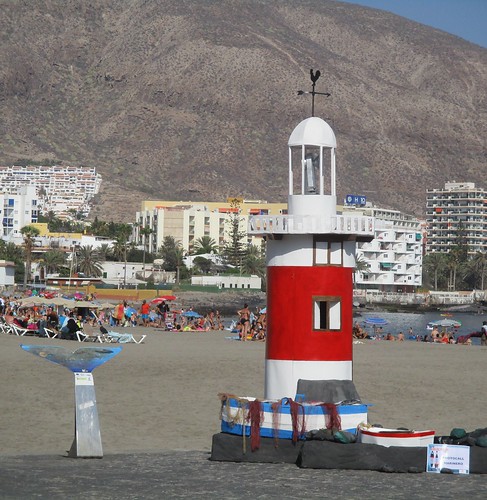
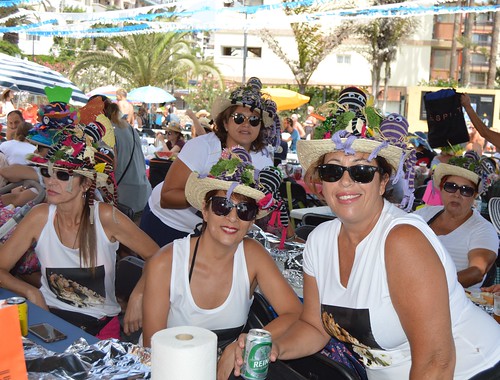
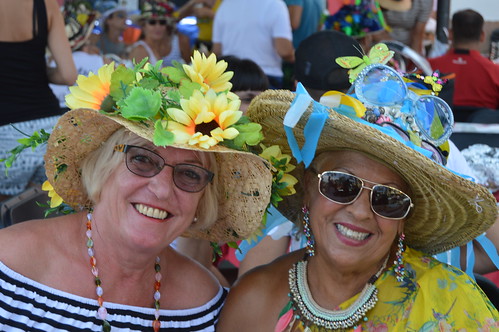
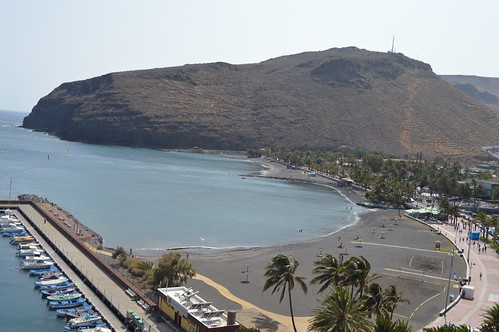 San Sebastian twinkled in the early morning sun as the Fred Olsen ferry chugged into the main port of La Gomera, just a 40 minute crossing from Los Cristianos in Tenerife. My return visit was long overdue and memories of seeing off a couple of Atlantic Rowing Races from the marina flooded back. This time the Tour de Tenerife cycle race had lured me back thanks to an invite from the British team, Stuart Hall Cycling.
San Sebastian twinkled in the early morning sun as the Fred Olsen ferry chugged into the main port of La Gomera, just a 40 minute crossing from Los Cristianos in Tenerife. My return visit was long overdue and memories of seeing off a couple of Atlantic Rowing Races from the marina flooded back. This time the Tour de Tenerife cycle race had lured me back thanks to an invite from the British team, Stuart Hall Cycling.